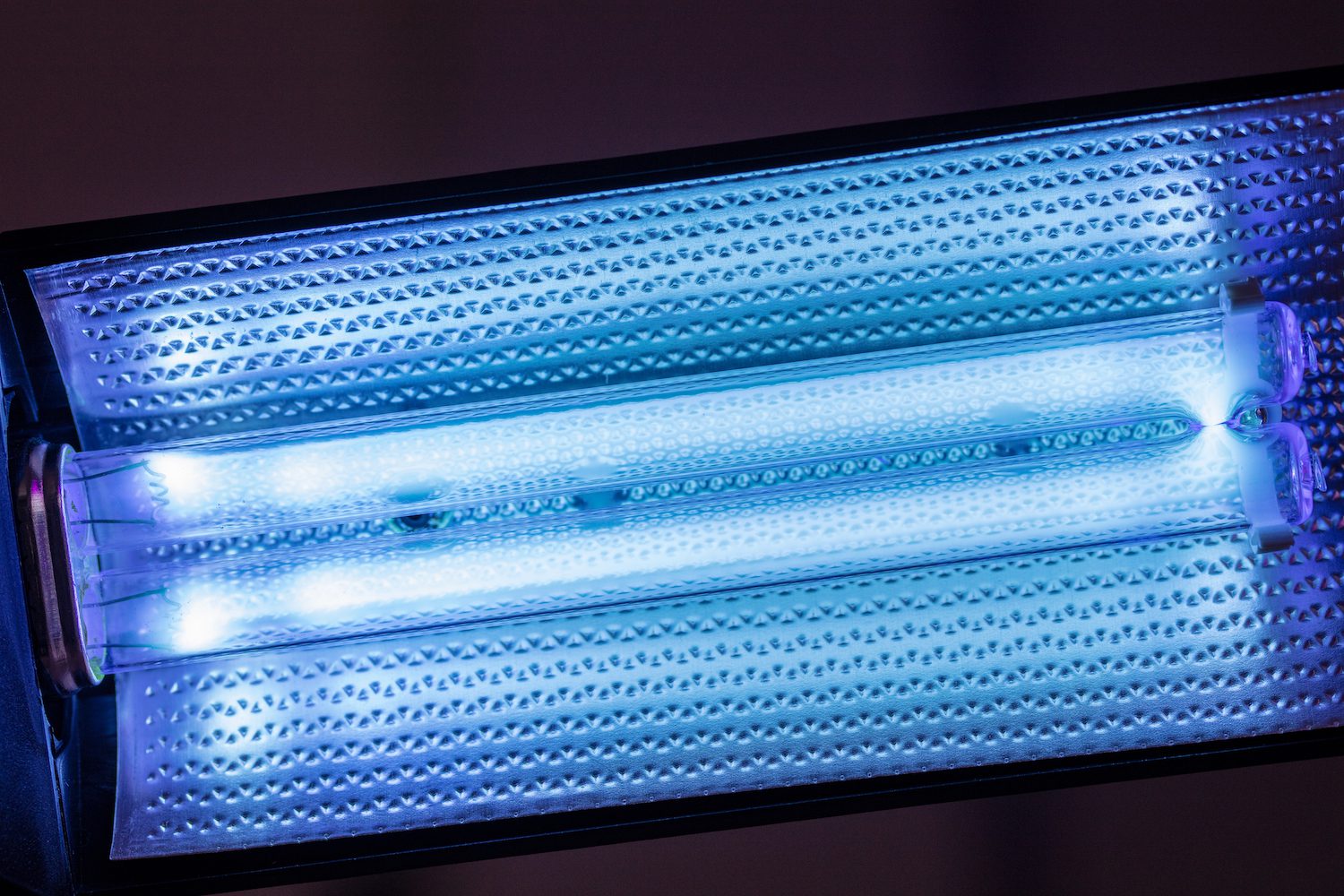Award Magazine, October 2020, by Stacey McLachlan
Inspired Innovations
The advent of COVID-19 has also created the opportunity for innovation in the lighting world. Ben Rajewski, electrical team lead for Williams Engineering, points out that a surplus of Ultraviolet (UV-C) disinfecting light fixtures are entering into the market in the wake of the pandemic. “Many people are looking for all available disinfection measures to keep safe,” says Rajewski. “Previously, these sorts of fixtures were only seen sparingly in hospital settings or in air handling units, but they are now being mass-produced and the applications for them have risen substantially.”
These UV-C light sources work as a disinfection source, operating in the light spectrum from 200 to 280nm: when shone directly at surfaces, or air or water, it can kill viruses and bacteria. These UV-C rays are so powerful, that they can even be harmful to humans, so these fixtures are intended to be used separately from normal lighting – when fixtures in a space are on, that space should not be occupied by people.
Rajewski calls this disinfection technology “possibly the largest new growth market for lighting since LEDs.” And as the pandemic continues, so too, he hopes, will technological advances. “The current applications remain in healthcare or hotels where the suites will be vacated and cleaned, but technology is still catching up and the next and most exciting step will be using fixtures that only emit UV light in the far UV-C Spectrum.” That’s a range of approximately 207 to 222nm. Within this spectrum, fixtures could be used in human-occupied spaces because this level of UV still kills viruses and bacteria, but cannot penetrate human eyes or skin.
The current technology isn’t perfect, by any means, as disinfection only lasts until a space is reoccupied, but a constantly “on” fixture would greatly improve the disinfection rate of the space. “Research is still being done on these fixtures, but I see the future ‘new normal’ involving far UV-C fixtures in most public spaces,” says Rajewski. “The applications are endless, with coverage over high-touch surfaces such as gym equipment, grocery store carts, and library book stacks. As a lighting designer, I believe the future involves not only proper illumination for tasks but also disinfection strategies.”
The future of UV-C lights will likely eventually trickle down to municipalities and commercial developers, and then to architects. It’s certainly possible to imagine one day that UV-C will be a requirement for new construction, suggests Rajewski. “In my career, I have seen a wave of change in lighting with the advent and adoption of LEDs, and I believe that the next wave of change will be the use of UV-C fixtures as part of common design practice.”
It’s important to appreciate lighting solutions that bring us great design, thoughtful moments of beauty, or innovative technologies: in ways big and small, these are products we interact with every day, and they absolutely can affect our health and comfort. It’s impossible to know what the future holds, but one thing we know for sure: whatever we’re doing, wherever we are, we’ll need a light to guide our way.
Read the full article Award Magazine – All-Lit-Up
